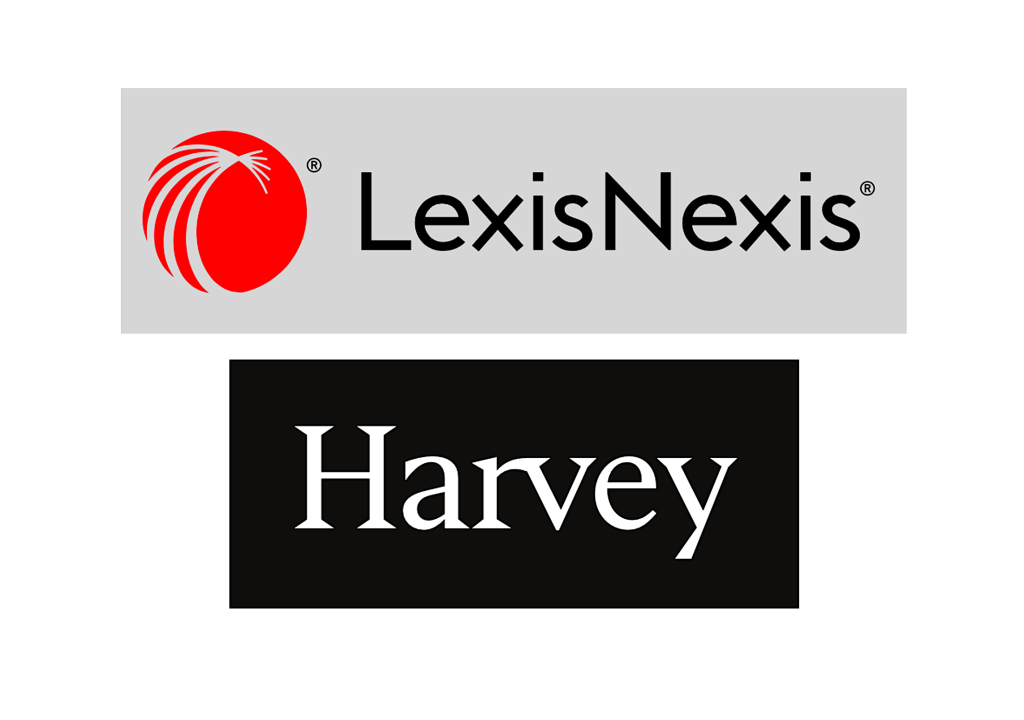
A briefing by Matej Jambrich, Dentons.
On 18 June 2025, LexisNexis turned Harvey into the first generative AI platform with full access to one of the two ‘must‑have’ proprietary US legal libraries (Westlaw being the other). The deal creates an immediate data moat for Harvey, speeds consolidation across the legal tech market, and forces every other vendor (from Legora to vLex/Vincent AI to Thomson Reuters) to rethink both their content strategies and their M&A playbooks.
What the deal really gives Harvey

Strategic signals
Data, not the LLM, is the new moat. Frontier and OSS models commoditize quickly. Proprietary, well-structured legal data does not. Expect more “data‑for‑equity” swaps. Large law firms should start mining their own troves.
Accelerated consolidation. Every major content owner (TR, Bloomberg Law, Wolters Kluwer) now needs a marquee GenAI partner, or an acquisition target. VC backed independents have ~18 months before multiples compress.
Pricing and procurement complexity. Dual licenses (Harvey seat plus Lexis content API) could lift per lawyer costs 15–25 %. Overlap with Lexis Protégé features demands careful contract language to avoid double paying.
CIO action items

Pricing impact
Current public “Starter” prices**

[ AL Note: unless otherwise stated, pricing information are estimates by Jambrich based upon personal market insights and public information. Actual pricing may vary. Please contact the vendors for the most accurate and up-to-date information. ]
Short term (2025 renewals)
Harvey keeps its USD 1.2K headline and unlocks Lexis content only for firms that already license Lexis. Lexis may add a small API access rider (< USD 10 / user / month) or waive it to seed adoption.
Net delta: ≈ USD 0 on the Harvey invoice.
Medium term (2026 contracts): Bundled tiers

Long term (post‑2027, if RELX acquires Harvey outright)
Licenses could collapse into a single Lexis subscription with a +8–12 % AI uplift, mirroring Thomson Reuters’ post Casetext strategy. Itemized Harvey lines would disappear and pricing power shift to Lexis.
Why a price hike is nearly inevitable
Content royalties: Harvey now pays Lexis per retrieval, moving from pure SaaS to usage-based unit economics.
Competitive headroom: CoCounsel + Westlaw already sits near USD 3K / seat. Harvey can raise 25–50 % and still undercut.
Growth math: Harvey’s USD 3B valuation implies > USD 200M ARR by 2027. With the AmLaw 100 largely landed, ARPU (Average Revenue Per User) must now do the heavy lifting.
Procurement checklist

Bottom Line
Plan for Harvey’s all‑in seat cost to climb roughly one‑third (≈ USD 400–600 per lawyer per year) once Lexis primary law content is bundled. A premium tier could push towards USD 3K if you need treatises and turnkey litigation workflows. You may hold the line in the 2025 renewal, but 2026 budgets should anticipate the uplift.
Both Lexis and Harvey say “pricing will be set by Harvey” (see link to Lexis announcement here) and the license terms are confidential. Street chatter still pins Harvey’s base at ~USD 1.2K / seat / year, but no concrete bundle pricing has surfaced. Expect the next rate card in August 2025, budget on a +30–40 % uplift.
(Notes: * Harvey added Anthropic and Google models mid‑May 2025. ** “Starter” = list or lowest published tier. Enterprise deals can vary ± 30–50 %.)
–
This article has been kindly shared with permission by Matej Jambrich, Europe Chief Technology Officer at Dentons. You can find the original article here. Some minor edits have been made.
AL Note: unless otherwise stated, pricing information are estimates by Jambrich based upon his personal market insights and public information. Actual pricing may vary. *** Please contact the vendors for the most accurate and up-to-date information***. This article is a reprint and of course represents Jambrich’s own views.
Discover more from Artificial Lawyer
Subscribe to get the latest posts sent to your email.

